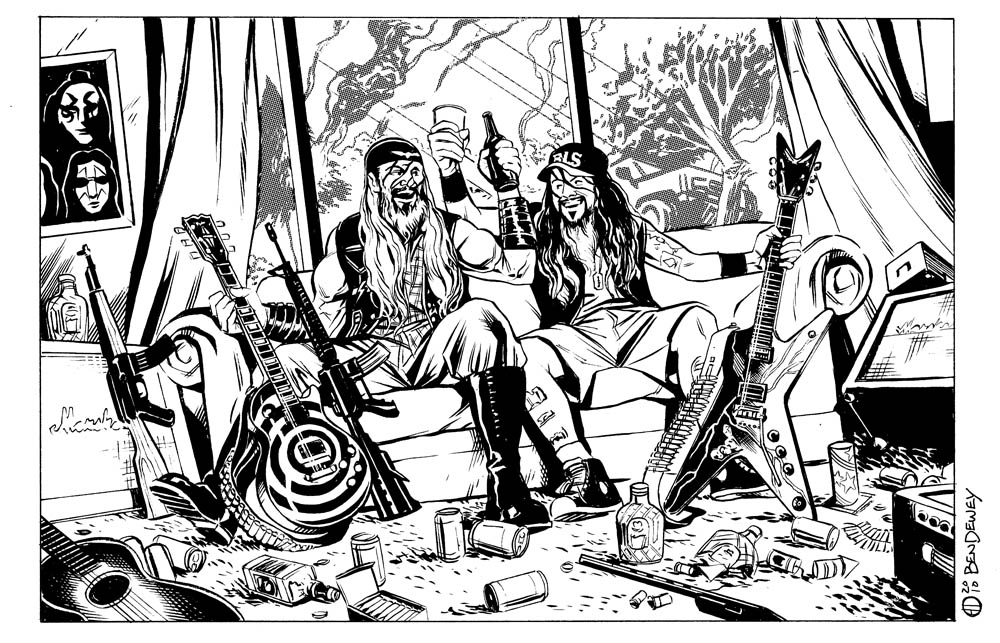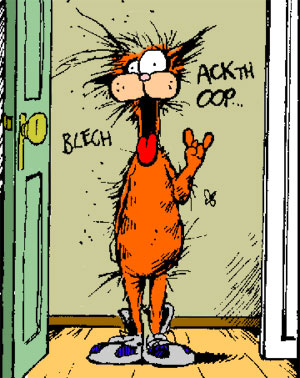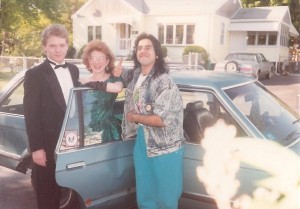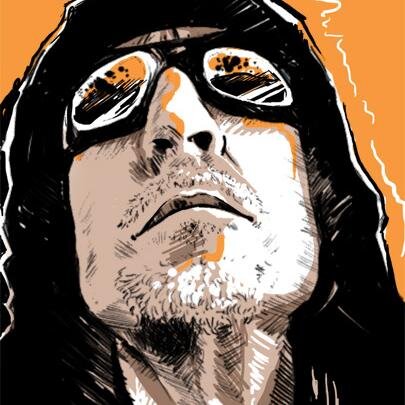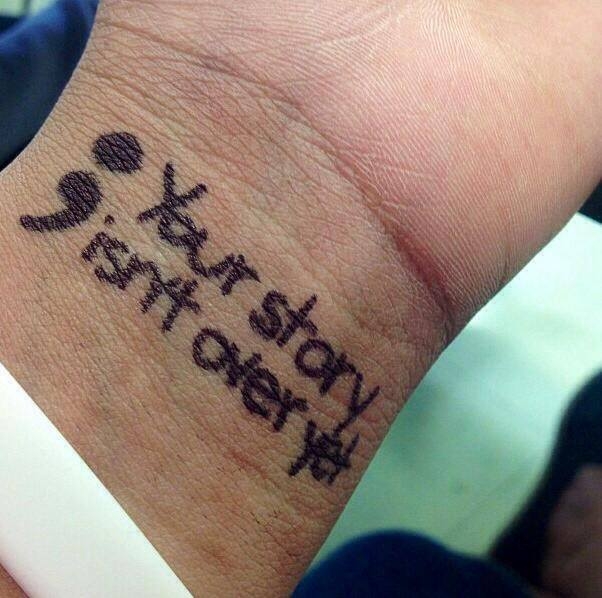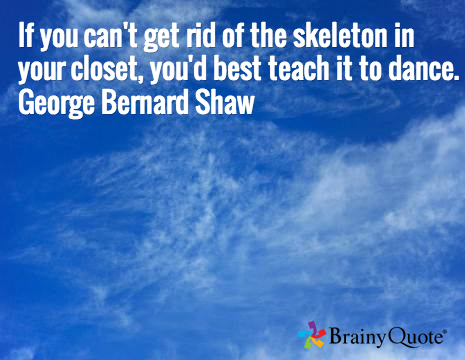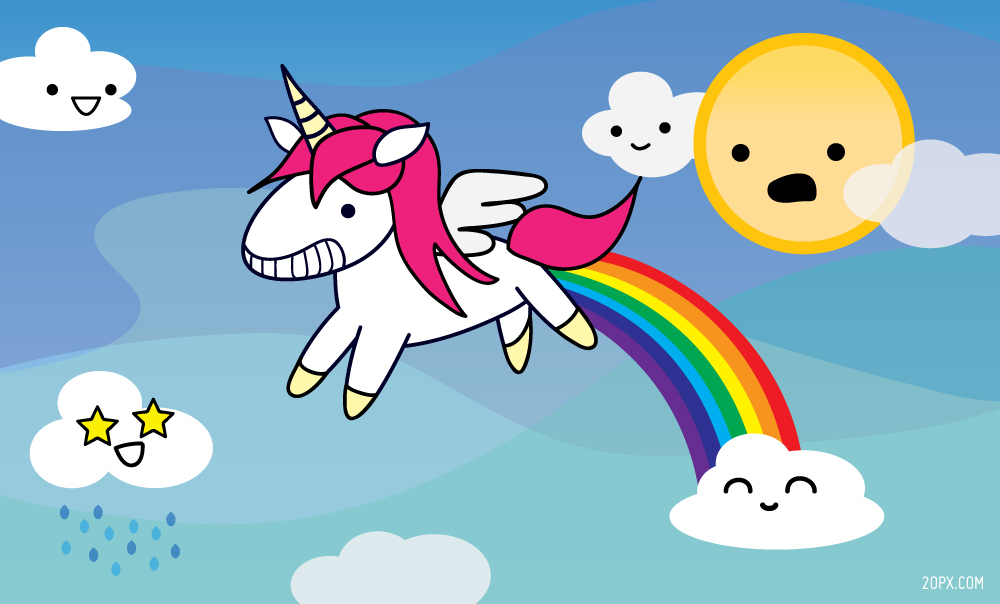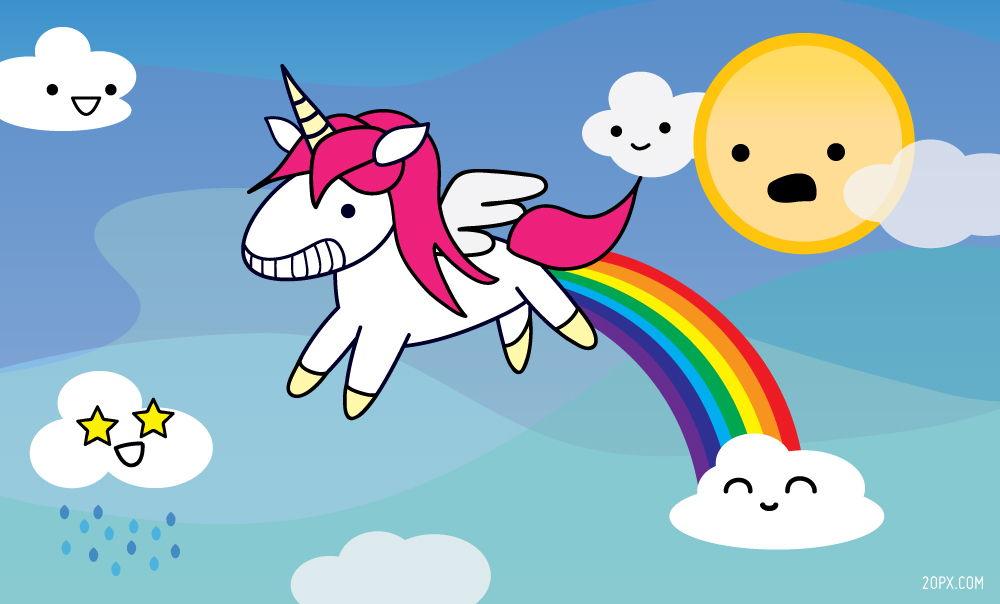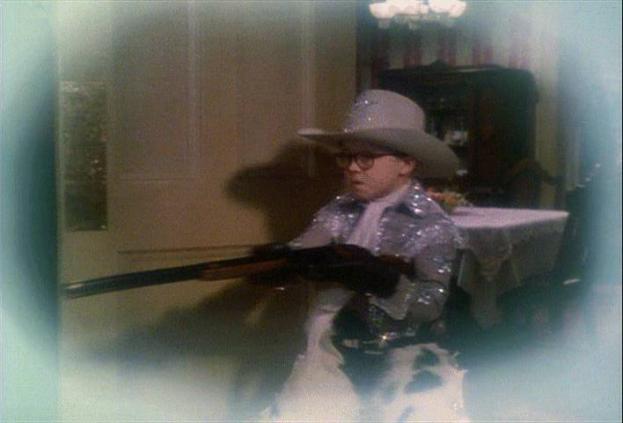No matter how much we’ve grown, no matter how far we’ve come, we insist on beating ourselves over the strides we have yet to achieve.
When it comes to self-loathing over one’s vulnerabilities, I’m about the best there is. But I’ve worked hard to break myself of that, because the truth is that I have come a long way since the days when I was owned by my OCD, anxiety, fears and dark impulses.
Do those things still get the better of me? Absolutely. But I’ve found that the more I dwell on it, the longer it takes me to grow into something better.
Mood music:
I used to let myself plunge into days of depression and self-hating every time I made a mistake at work. I binge-ate my way to 280 pounds, and I would let my brain spin for weeks over every possible worst-case scenario for the same reason.
As a kid, I bullied other kids even as I was getting bullied, because finding kids that were seemingly weaker made me feel better about myself.
Thankfully, I’m in better control of myself and my actions than I used to be, though the darker impulses still get the better of me occasionally. I still beat myself over mistakes, which makes the step forward slower. I still give in to laziness when life seems too hard. I still judge other people when I don’t really know them.
But I keep those impulses in check a lot more often than not. When I’m feeling down, I try to celebrate that fact.
Efforts at personal evolution are a life-long thing. The work doesn’t end until we’re dead.
Best to focus on living the best way we can.


